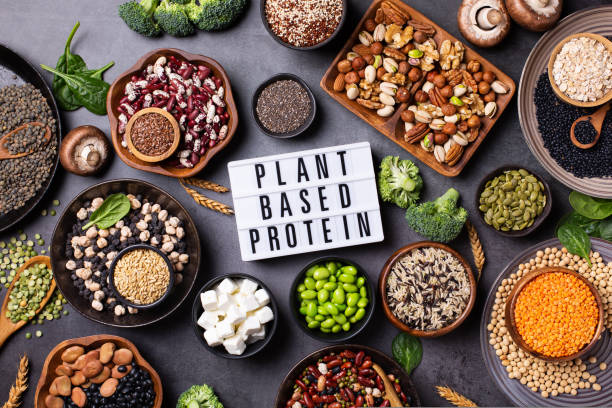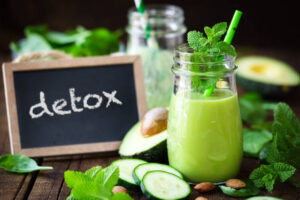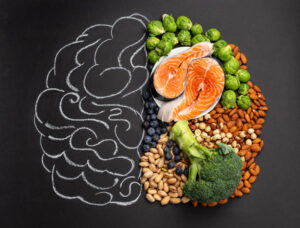When following a vegan diet, one of the most common concerns is where to get vegan protein sources. If I had a dollar for every time someone asked me that, I’d probably own an organic farm by now.
But the truth is, there’s no shortage of excellent vegan protein sources out there—some of which you’ve likely never even considered.
What are Vegan Protein Sources?
Vegan protein sources are plant-based foods that provide protein, essential for muscle repair and overall health. Key sources include legumes (beans, lentils), seeds (hemp, chia), grains (quinoa, amaranth), soy products (tofu, tempeh), nuts, and vegetables like spinach and peas.
Why Vegan Protein Sources Matter
Protein is crucial for everyone, whether you’re an athlete, a busy professional, or just trying to stay healthy. It plays a key role in building muscle, repairing tissues, and maintaining a healthy metabolism. But when people think about protein, they often picture meat, eggs, or dairy as their main options.
That’s where the common myth comes in—“You can’t get enough protein from a vegan diet.” Not true! In fact, vegan protein sources are incredibly diverse and can offer a range of other benefits, from being easier to digest to packing in more fiber and fewer unhealthy fats.
If you’re tired of hearing about tofu, quinoa, and chickpeas, I’ve got news for you. There’s a whole world of vegan protein sources beyond the usual suspects. Let’s explore 10 underrated, powerful vegan protein sources you might be overlooking.
Seeds and Beyond – Protein Powerhouses Hiding in Plain Sight
1. Hemp Seeds
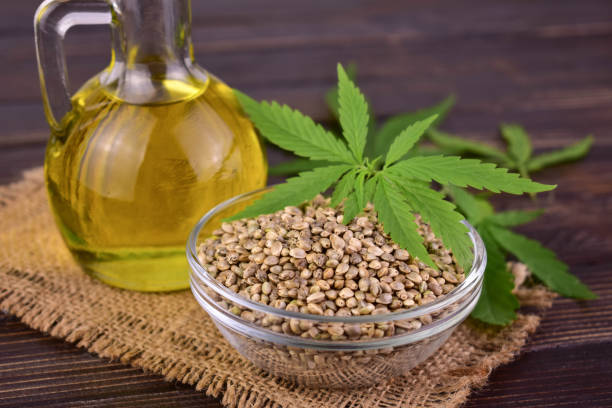
Hemp seeds are one of the most versatile and nutrient-dense foods you can add to your diet. With 10 grams of protein per 3 tablespoons, they’re a great source of easily digestible protein. I first stumbled upon hemp seeds at a farmer’s market. At the time, I had no idea how to use them, but after experimenting, I realized they were incredibly easy to integrate into just about anything.
How to Use Hemp Seeds:
- Sprinkle them on your salad for an extra crunch.
- Blend them into smoothies for a creamy, nutty flavor.
- Stir them into your morning oatmeal or yogurt for a protein boost.
Hemp seeds are not only rich in protein but also packed with omega-3 fatty acids and essential minerals like magnesium. They’re an easy, no-fuss way to add more vegan protein sources to your diet, especially if you’re looking for something more exciting than plain nuts and seeds.
2. Pumpkin Seeds

Pumpkin seeds, or pepitas, are another hidden gem in the world of vegan protein sources. With 9 grams of protein per ounce, they’re small but mighty. One of my favorite ways to enjoy them is by roasting them with a little olive oil and sea salt—it’s the perfect afternoon snack.
Not only are pumpkin seeds rich in protein, but they’re also loaded with magnesium, zinc, and antioxidants that help reduce inflammation.
How to Enjoy Pumpkin Seeds:
- Roast them with your favorite spices for a crunchy snack.
- Add them to homemade granola for a protein-packed breakfast.
- Sprinkle them on soups or salads for added texture and nutrition.
Ancient Grains – A Return to Nutrient-Dense Superstars
3. Amaranth
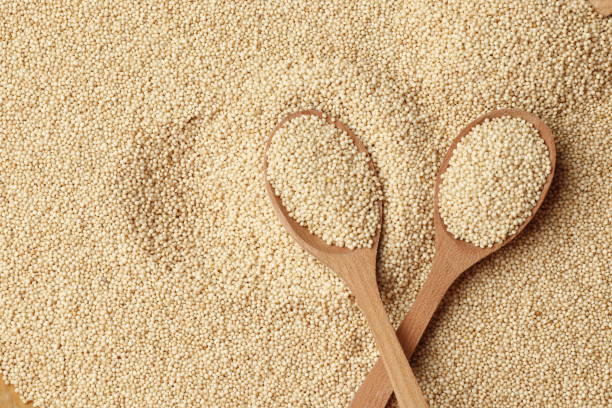
Amaranth may sound like a trendy new superfood, but it’s actually an ancient grain that’s been around for thousands of years. What makes it so special? Not only does it contain 9 grams of protein per cup when cooked, but it’s also a complete protein, meaning it contains all the essential amino acids your body needs.
I remember the first time I cooked amaranth—it’s got a unique texture, almost like tiny caviar. It’s perfect as a base for grain bowls or added to soups for a protein boost.
How to Use Amaranth:
- Cook it as a base for grain bowls with roasted veggies and tahini sauce.
- Use it as a hearty addition to soups or stews.
- Make a savory porridge by cooking it with broth and spices.
4. Teff
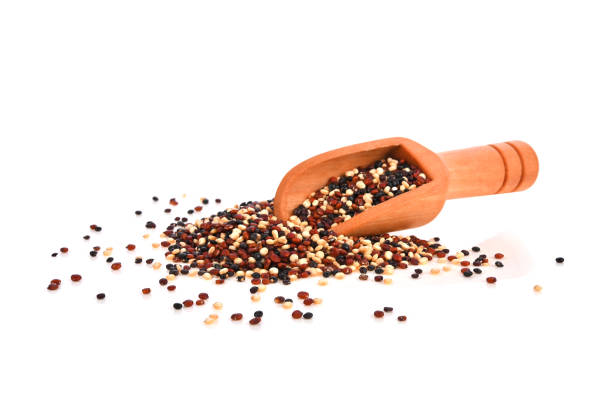
Teff is another ancient grain that packs a serious protein punch with 10 grams per cooked cup. It’s particularly popular in Ethiopia, where it’s used to make injera, a fermented flatbread. While you may not have teff flour lying around in your pantry, it’s worth experimenting with, especially because it’s gluten-free and loaded with fiber.
When I first tried teff, I used it as a base for porridge, similar to how you might use oats or quinoa. The flavor is mildly nutty and earthy, making it perfect for both sweet and savory dishes.
How to Incorporate Teff:
- Make a warm breakfast porridge with almond milk, cinnamon, and fruit.
- Add it to soups or stews for extra protein and texture.
- Substitute it for quinoa or rice in grain bowls for a nutrient-dense alternative.
Legumes and Pulses – The Unsung Heroes
5. Lupini Beans
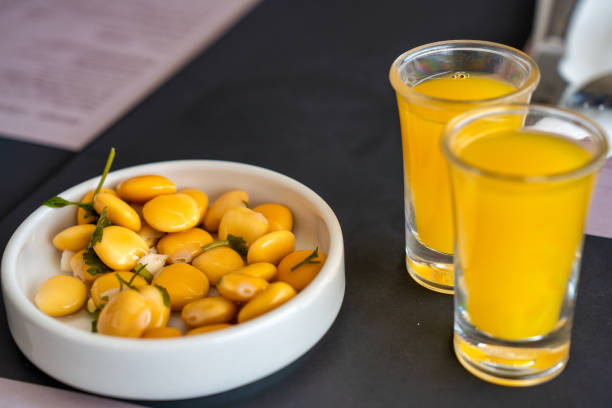
If you haven’t heard of lupini beans, you’re not alone. These yellow, slightly bitter beans are a Mediterranean staple and contain a whopping 25 grams of protein per cup. That’s more than most other beans, and they’re packed with fiber too.
I discovered lupini beans while traveling in Italy. They were served as a snack in a little bar I visited, and I’ve been hooked ever since. They’re incredibly filling and make for a great post-workout snack or a unique addition to your meal prep.
How to Use Lupini Beans:
- Snack on them whole after brining them in a salty solution.
- Blend them into dips for a Mediterranean-inspired appetizer.
- Add them to salads for a hearty, protein-rich topping.
6. Black Lentils
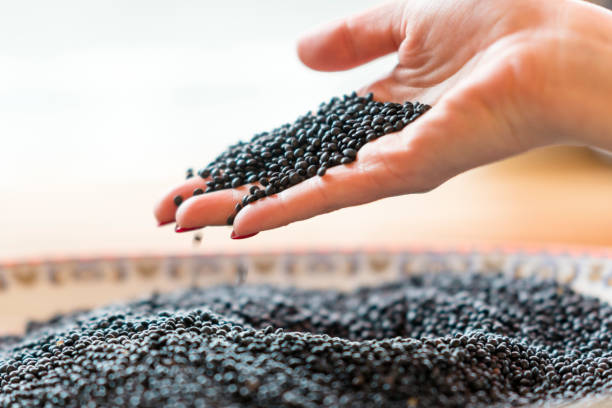
Lentils often get overshadowed by their more popular cousins, chickpeas and black beans, but black lentils deserve a spot in your vegan pantry. With 18 grams of protein per cooked cup, they’re incredibly nutrient-dense and cook faster than other legumes.
What I love about black lentils is how versatile they are. You can toss them into salads, curries, or soups, and they’ll absorb the flavors beautifully.
How to Use Black Lentils:
- Add them to salads for a protein-packed lunch.
- Cook them in stews or curries for a hearty, warming dinner.
- Make a lentil-based veggie burger for a creative spin on a classic.
Greens and Veggies – More Protein Than You Think
7. Peas

Peas may seem like a humble, everyday veggie, but they pack 8 grams of protein per cup. They’re also high in fiber, which helps keep you full and satisfied for longer.
I remember growing up thinking peas were just a boring side dish. But over the years, I’ve learned how versatile they can be. From tossing them into pasta dishes to blending them into a creamy pea soup, they’re an easy way to up your protein intake without much effort.
How to Enjoy Peas:
- Toss them into pasta or grain bowls for a pop of color and protein.
- Blend them into a creamy soup or pesto for a fresh twist.
- Sauté them with garlic and herbs for a quick side dish.
8. Spinach

While spinach is often celebrated for its iron content, it’s also a decent source of protein with 5 grams per cooked cup. When wilted down, spinach becomes incredibly versatile, adding a nutritional punch to just about any meal.
I like to keep frozen spinach on hand because it’s easy to toss into soups, curries, or even smoothies without needing to prep fresh greens all the time. It’s a lifesaver when I’m in a rush but still want to get my greens.
How to Use Spinach:
- Add it to your smoothies for a sneaky way to get more protein and greens.
- Stir it into curries, pasta, or soups for extra nutrients.
- Use it as a base for hearty, protein-packed salads.
Soy and Fermented Foods – The Unexpected Twist
9. Tempeh
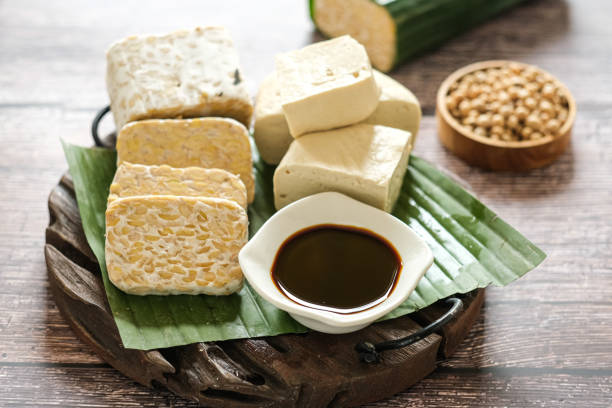
If tofu isn’t your thing, tempeh might be your new best friend. It’s fermented, which means it’s not only rich in 21 grams of protein per 4-ounce serving but also contains gut-friendly probiotics. Tempeh has a firmer texture than tofu and a nuttier flavor, making it a great meat substitute.
I love marinating tempeh in soy sauce, garlic, and maple syrup before grilling or sautéing it. It’s perfect for adding to grain bowls, tacos, or stir-fries.
How to Use Tempeh:
- Slice and sauté or grill it for a crispy protein option in wraps or salads.
- Crumble it into stir-fries or tacos for a hearty, plant-based filling.
- Marinate and bake it for a savory, protein-packed snack or meal.
10. Edamame
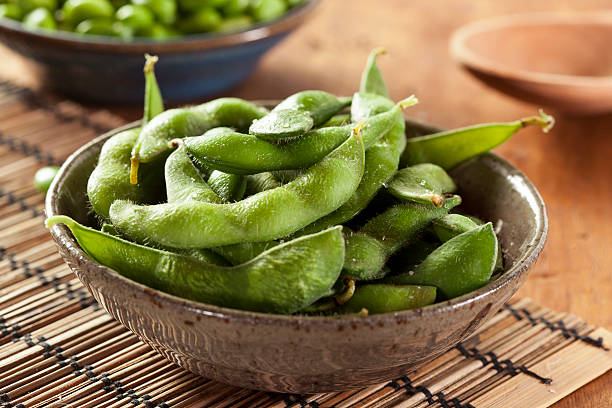
Edamame, or young soybeans, are one of the most convenient vegan protein sources. With 17 grams of protein per cooked cup, they’re perfect for snacking or adding to meals. You can buy them fresh or frozen, and they’re ready to eat after just a few minutes of boiling or steaming.
I always keep a bag of frozen edamame in my freezer for a quick snack or side dish. It’s easy, filling, and a great way to up your vegan protein without much effort.
How to Enjoy Edamame:
- Sprinkle with sea salt and eat as a snack.
- Add them to salads, stir-fries, or grain bowls.
- Blend them into a dip or hummus for a unique twist.
Conclusion: Embrace Variety for a Balanced, Protein-Rich Vegan Diet
As you can see, there’s no shortage of powerful vegan protein sources that go beyond the standard tofu and quinoa. From nutrient-packed seeds and ancient grains to legumes and greens, the world of plant-based protein is rich, diverse, and flavorful.
Incorporating a variety of these foods into your diet not only ensures you’re meeting your protein needs but also introduces a wide array of essential vitamins, minerals, and healthy fats. The key to thriving on a vegan diet is embracing variety and being open to experimenting with new, underrated foods.
So the next time someone asks, “Where do you get your protein?” you can smile and share some of these surprising and delicious options.
Ready to shake up your protein game? Start by adding one or two of these surprising vegan protein sources to your meals this week and see how easy it is to meet your protein needs while keeping your taste buds happy!

